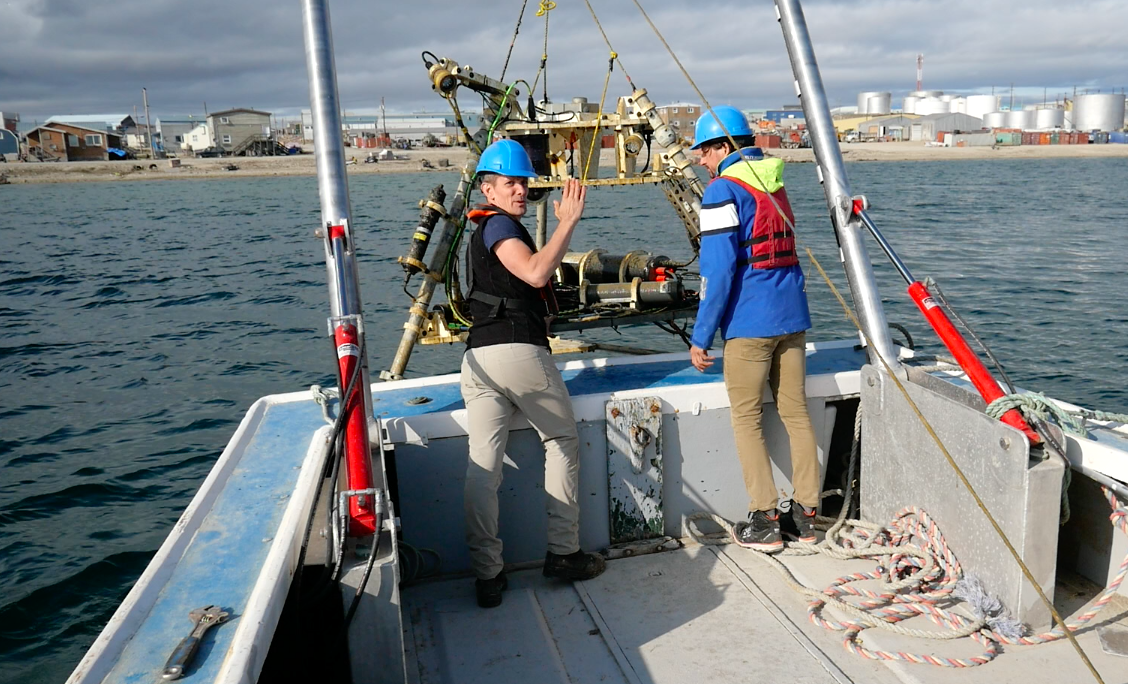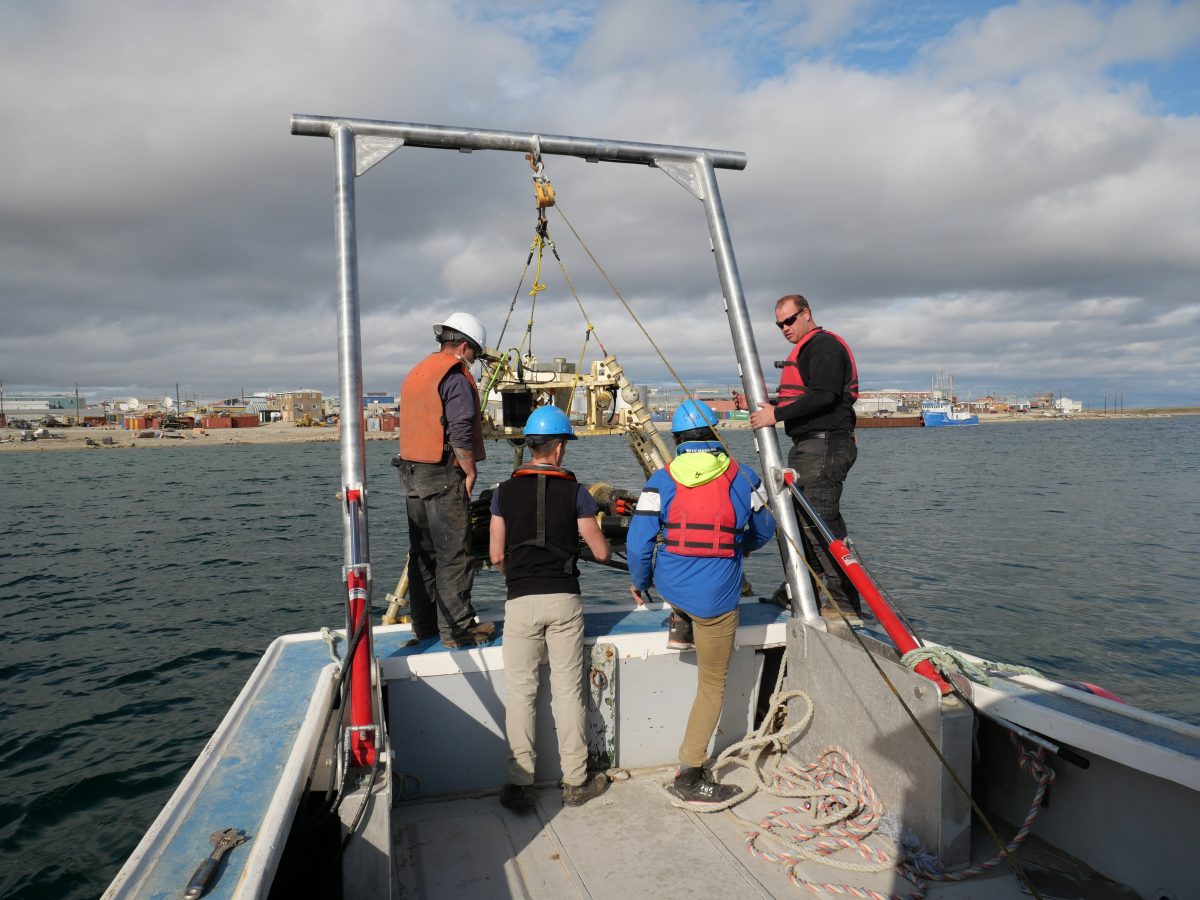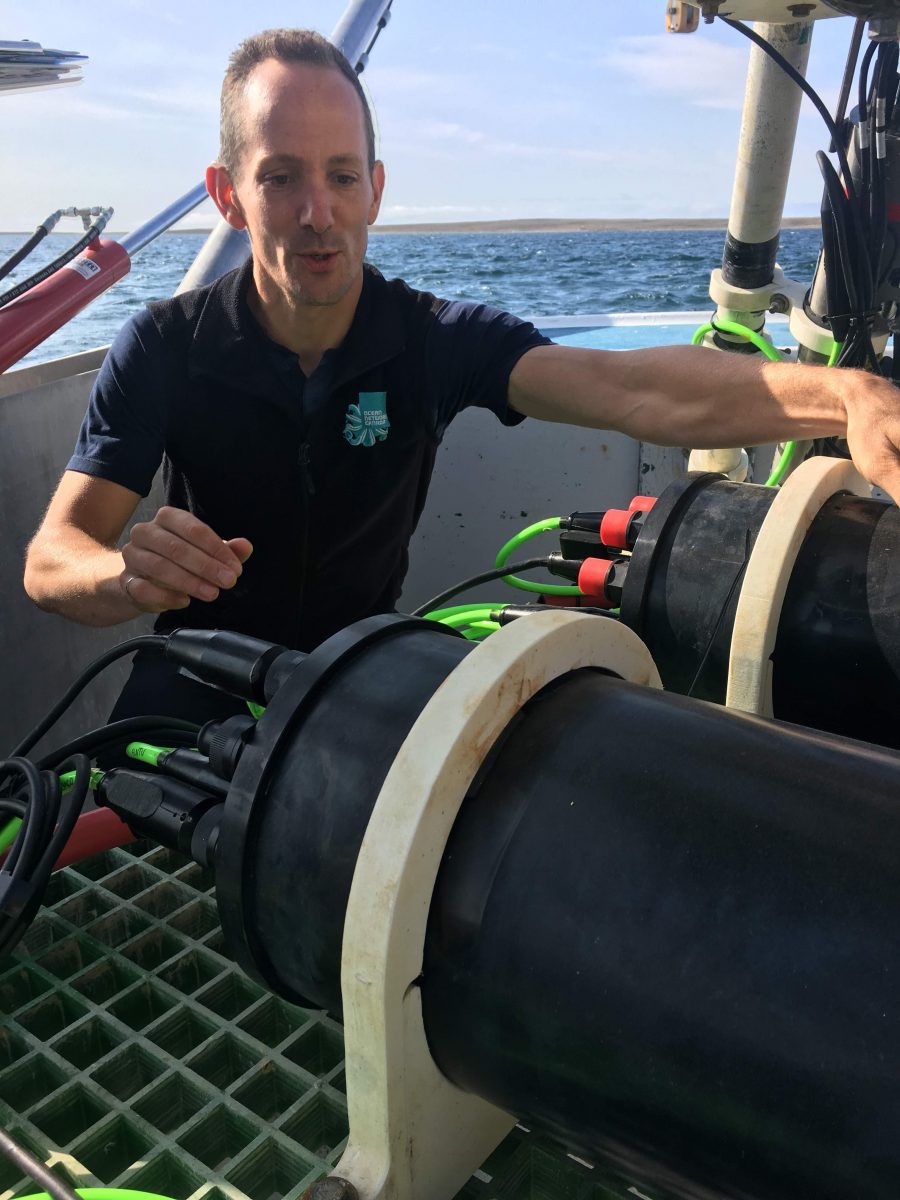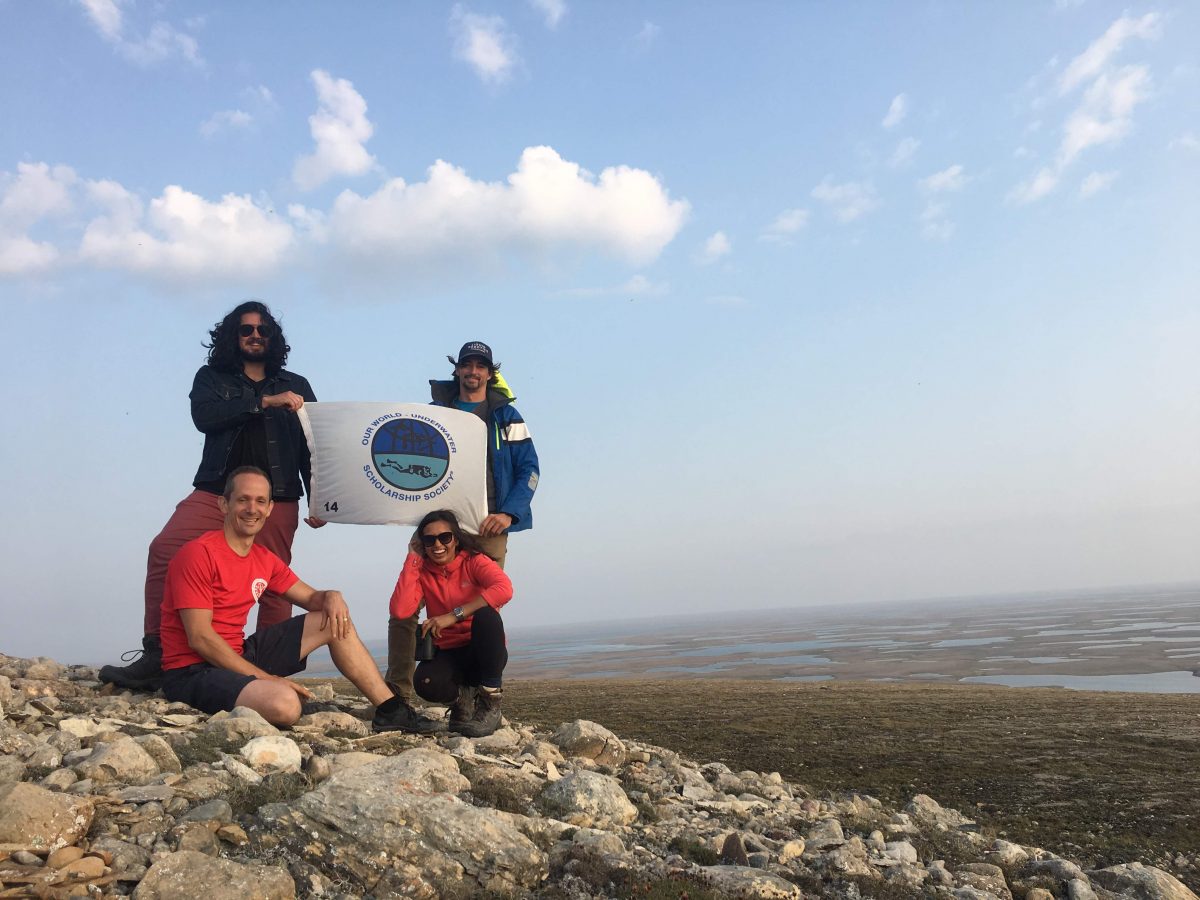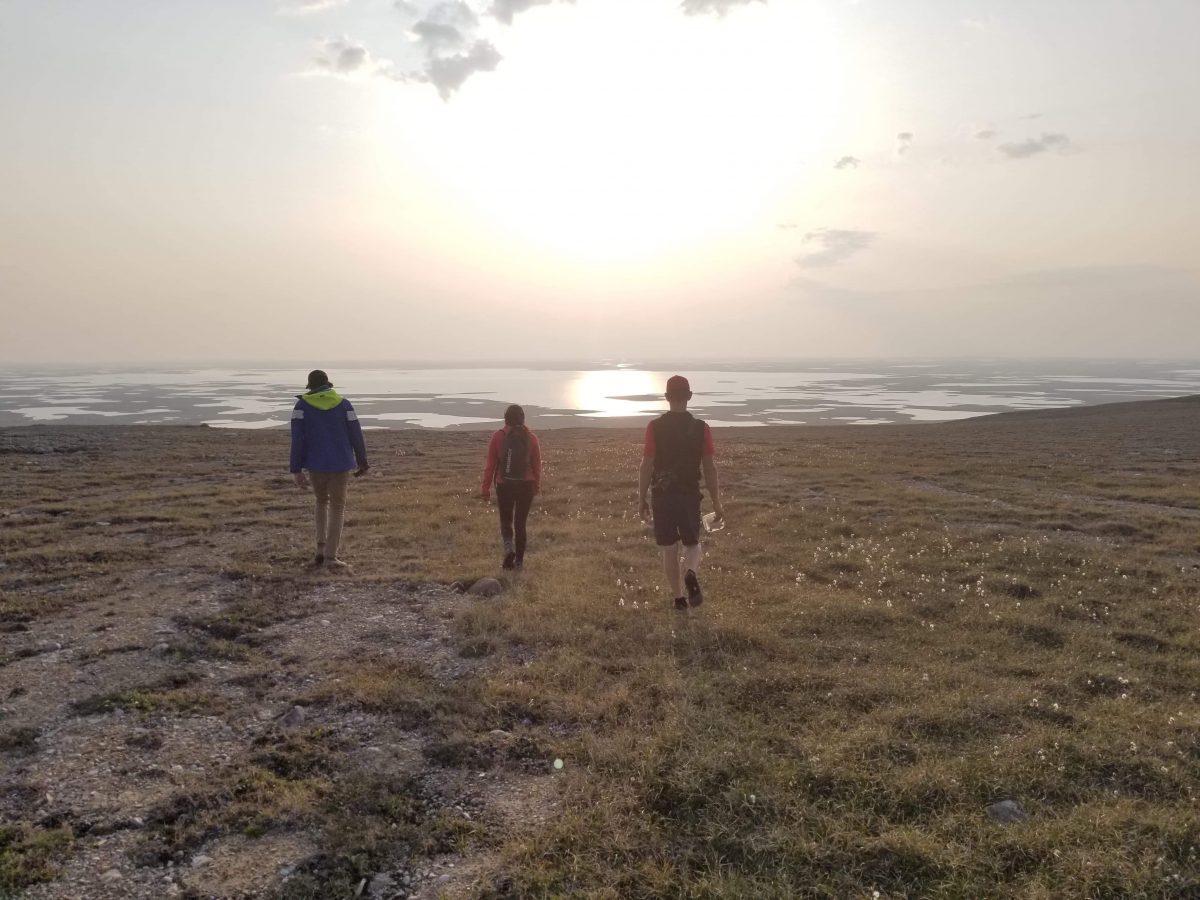I have just finished my first week in the Canadian Arctic! I was invited here to join Ocean Networks Canada (ONC) to do maintenance, and upgrades to their cabled marine observatory platform located in Iqaluktuuq or Cambridge Bay, Nunavut.
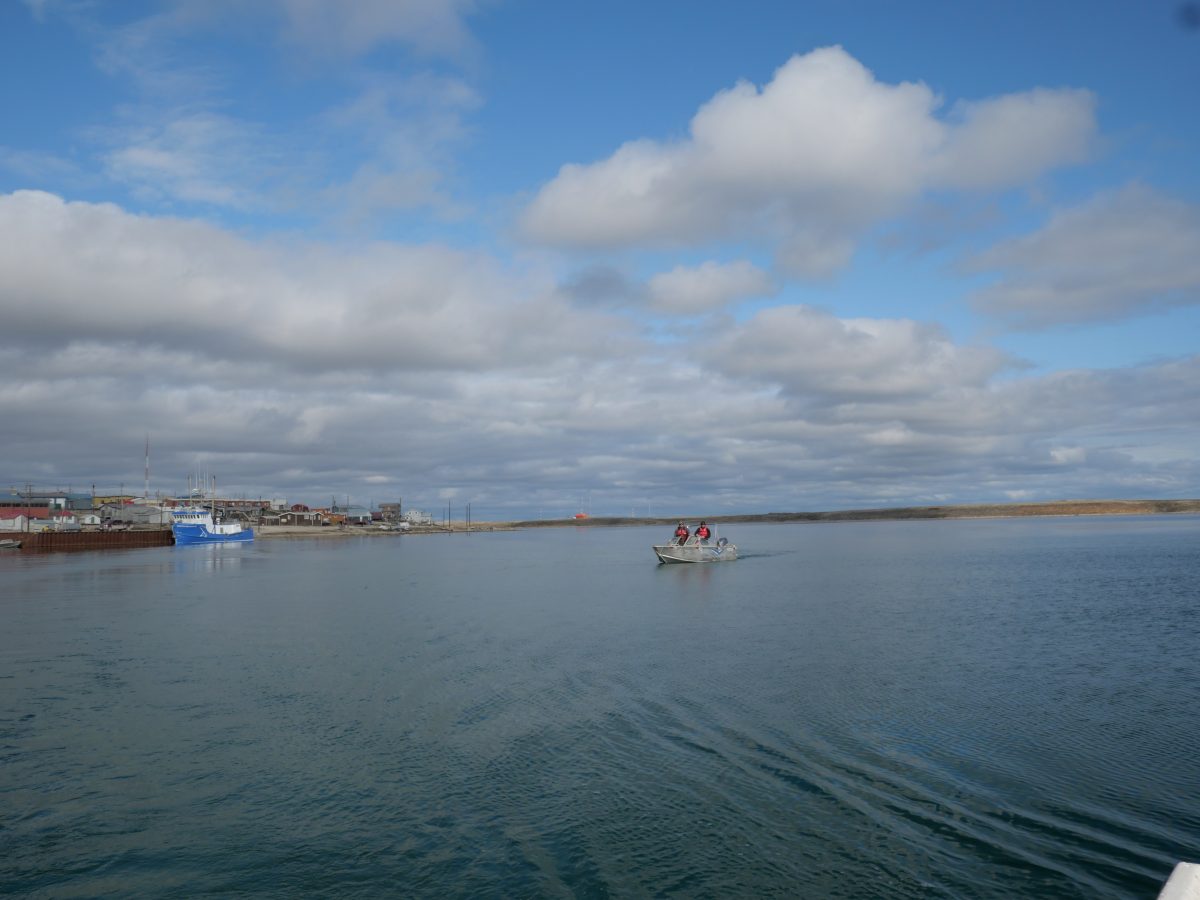
ONC is an initiative of the University of Victoria in British Columbia, Canada. Their network of observatories collects and shares data regarding the subtidal environment. At each site an instrument platform is connected to the internet wirelessly or by an underwater cable, and collects data in real time. The gathered information is sent to ONC’s data management system where it is archived and made available to anyone on their website! In the age of data this is an incredible tool in terms of making evidence based decisions regarding ocean management and environmental protection.
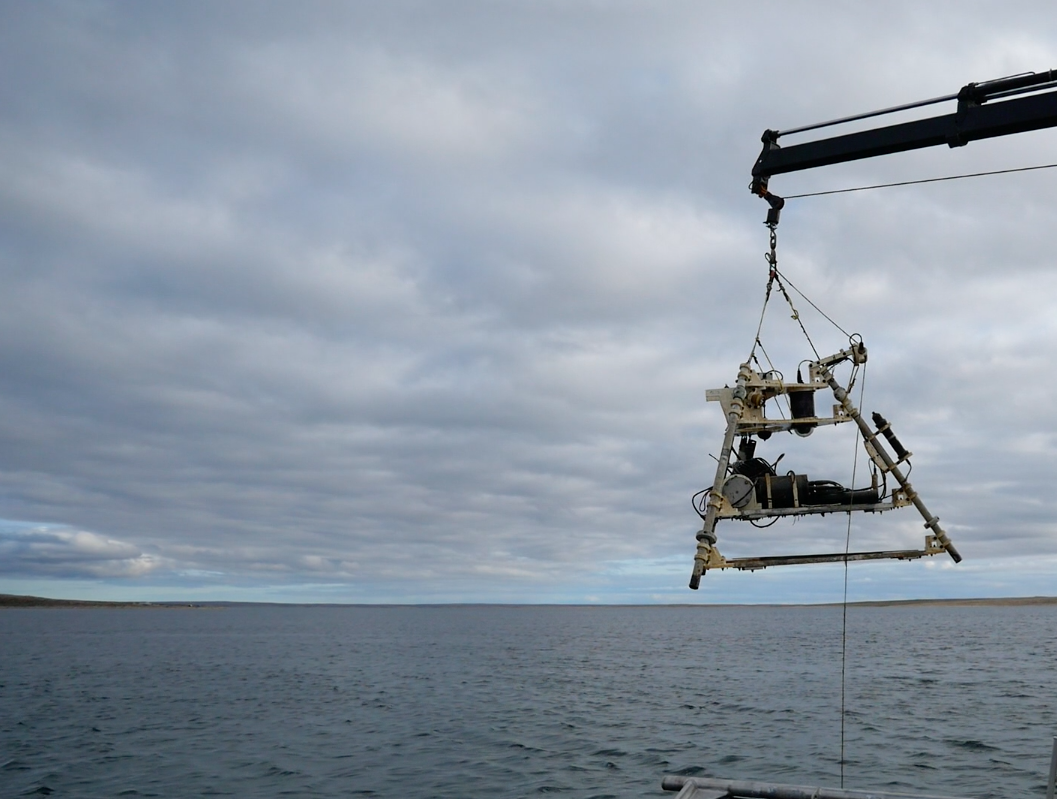
The community observatory platform in Cambridge Bay has been here since 2012, and provides a real time stream of abiotic data year round. Every year, the platform is retrieved and maintained or updated with new infrastructure. This was the goal of our trip this year.

We arrived and spent the day settling in at our accommodation at the Canadian High Arctic Research Station (CHARS). This research station serves as the base of operations for POLAR Knowledge Canada: a collective that provides support for scientists doing work in the Arctic. Their mandate is to improve economic opportunities, environmental stewardship, and Canadian quality of life here through the advancement of knowledge of the Canadian Arctic. Since 2016 they have begun to support visiting scientists working here, and with their infrastructure, their capacity for research and development will only increase! Please stay tuned for a blog about them and the history of Cambridge Bay.
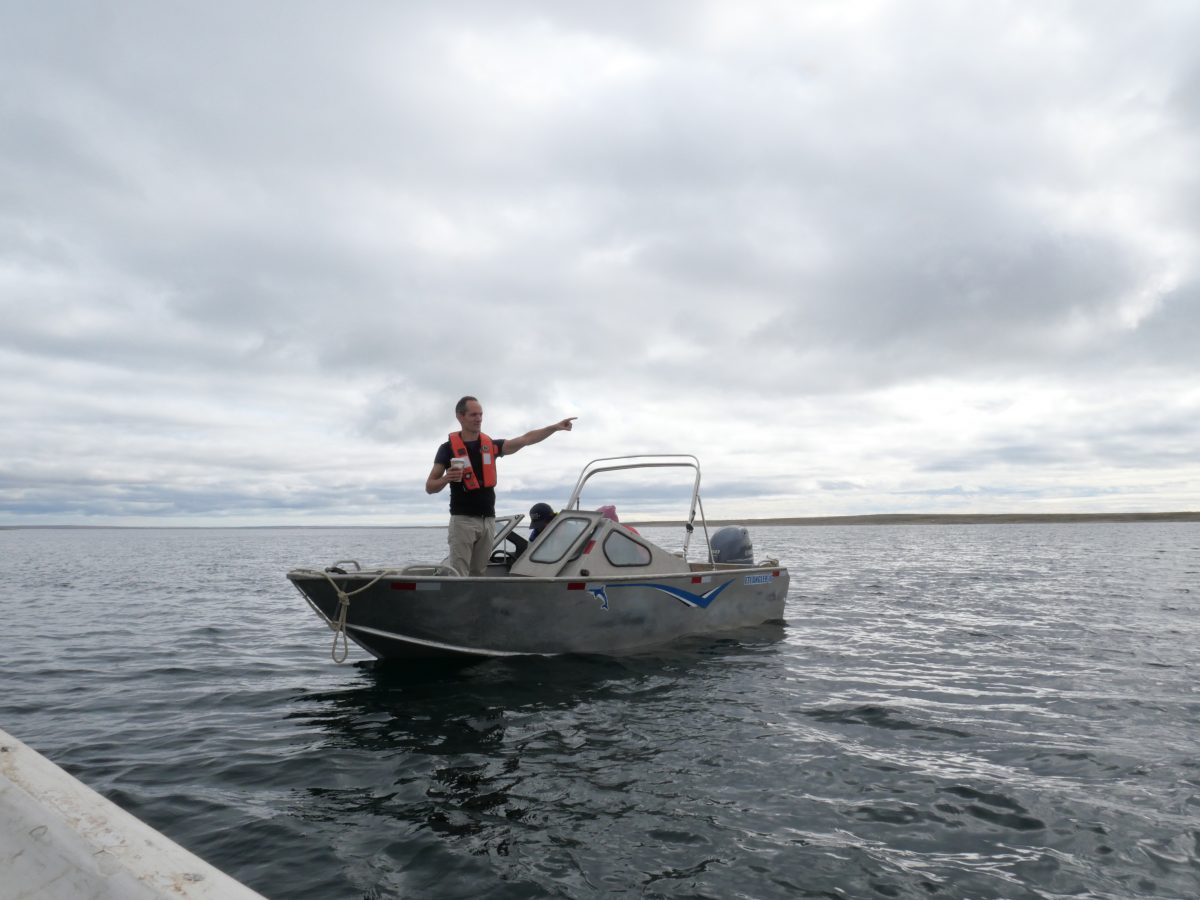
The next day it was off to the races. Ryan Flagg, the Manager of Community Based Monitoring, is an experienced marine engineer who has been coming out to Cambridge bay since the beginning of ONC’s presence in the Arctic. Our fearless leader, he is obviously well-connected here, and over time has built a rapport within the local and scientific community. We went down to the dock where ONC has a shore station that serves as the power source and the on-shore control panel for the Observatory. This dock also serves as a base for the Arctic Research Foundation’s (ARF) Vessels. The ARF is another organization focused on increasing arctic knowledge (also stay tuned for a blog about them!). ONC has been working with them and their boats since 2012 to help with the retrieval and deployment of their 600lb observatory.
After retrieving a hydrophone that is deployed separately from the main observatory, we boarded the Jenny Pierre: an ARF vessel to retrieve the observatory. It went off without a hitch! Once we had it we spent the next couple days documenting the existing sensors and anything that might have happened to them during their year underwater. Subsequently, the Project Engineers Dirk Brussow, and Albert Ruskey went to work switching them out.
Prepping the PPS
This year we also deployed a crazy device called a Phytoplankton Sampler. This instrument is designed to take 24 water samples throughout the year at different time points. It stores the plankton from each sample on a filter in a preservative that will allow scientists to look at their RNA next year!! The idea is to capture the differences in planktonic communities during times of high or low productivity. Lu Guan, ONC staff scientist and myself set this up. As it is a closed system we had to ensure there were no air bubbles in the device, and this led to a hilarious couple of hours flicking air bubbles out of tubes. But once this was done, and all the sensors were set up and documented, we were ready to deploy.
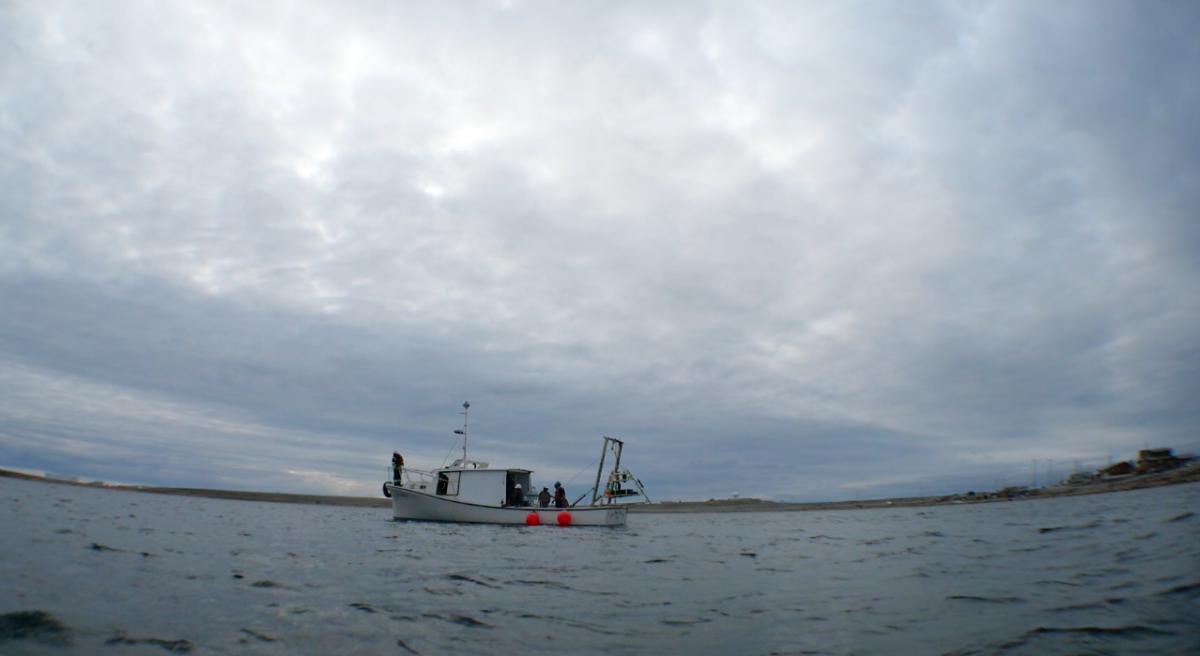
Deployment requires an intricate system of floats, lines, and quick release catches to ensure that everything is attached correctly, and put in the right place. Everything went smoothly, and the observatory is now ready for another year of data. The sensors on it include a CTD, which measures conductivity (salinity), temperature and depth, as well as Oxygen saturation. There is a Shallow Water Ice Profiler that can detect ice thickness in the winter, a PAR (photosynthetically active radiation) sensor that measures light, an acoustic fish tag receiver, a camera with lights and an anti-fouling device. In addition there is a separate hydrophone that can listen to the sounds of the sea, and the Phytoplankton Sampler, which I am super excited about.
ONC also works with the community to ensure that the work they are doing out here is understood. Ryan held an open event for the community where he explained the entire infrastructure and goals for the platform to those who were interested. Scientific communication is vital in remote communities where outsiders who come in for such short periods of time can easily be misunderstood, and subsequently unwelcome. Cody Tolmie, the Indigenous Community Learning coordinator is working on engaging local youth community members to encourage connection between local knowledge and the current ocean science that is happening in the area.
I had a great time with the Ocean Networks Canada team. As a biologist it was a cool perspective shift to see the logistical facets, and engineering necessities that allow for such an important data set to exist. I am so excited and grateful to be here in Iqaluktuuq. Northern Canada is an amazing place, and I have never been anywhere like it. The Arctic, as we all know, is a vital place to understand as our climate continues to change, and being here at this time feels very surreal and beautiful to me! Thanks to ONC, CHARs, OWUSS, and Rolex for making this happen.

– Neha Acharya –Patel 2019 North American Rolex Scholar
